#artist is francois boucher-
Explore tagged Tumblr posts
Text
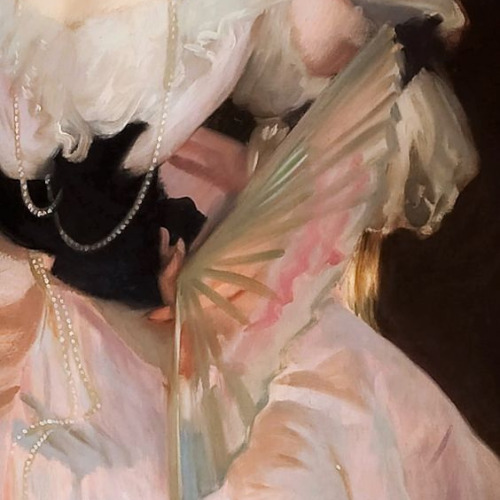
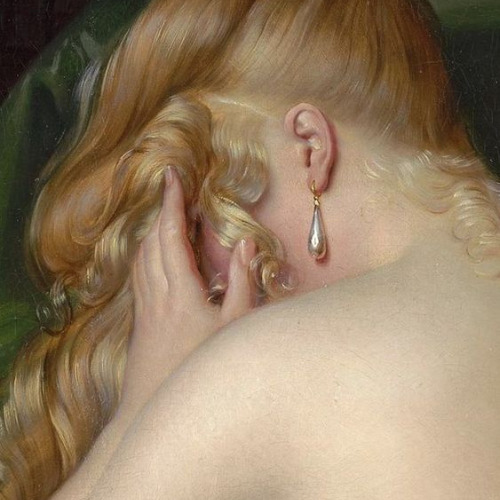
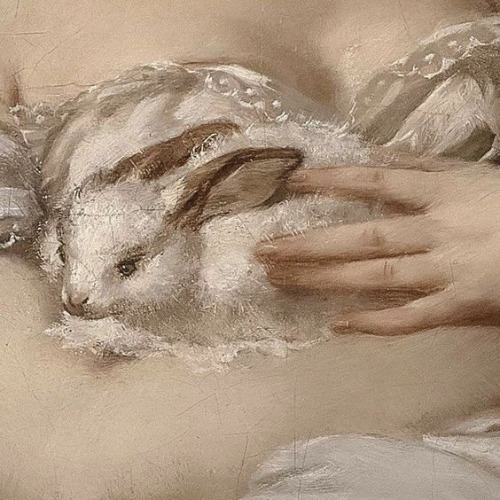
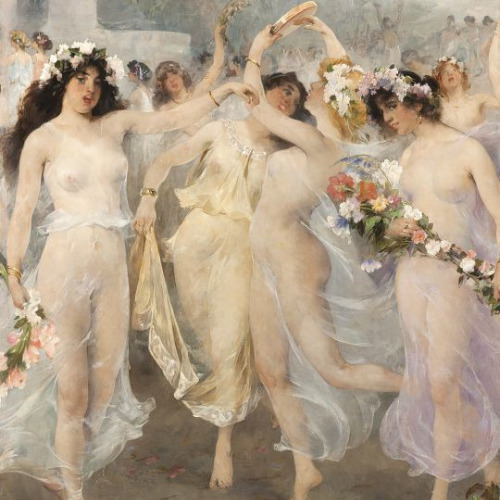
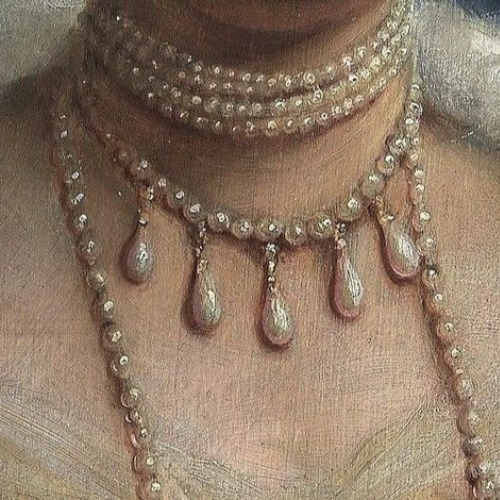
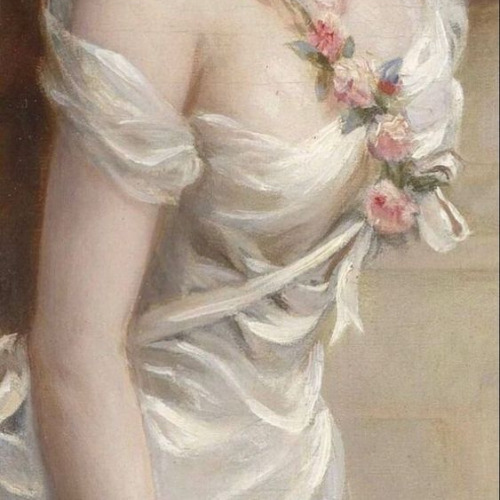
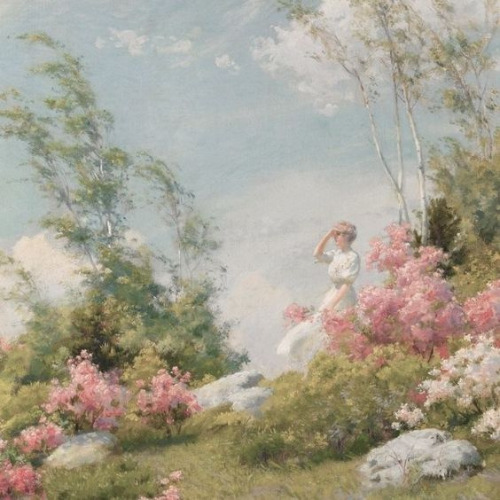
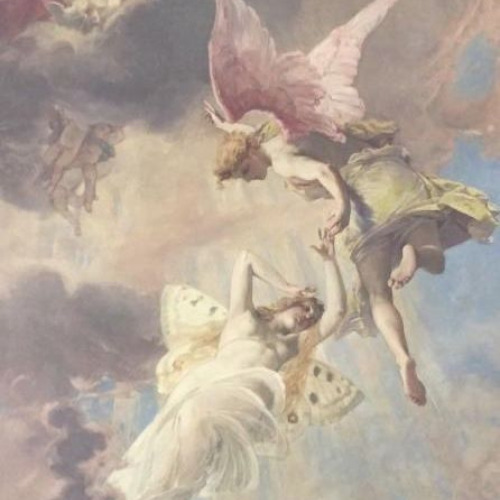
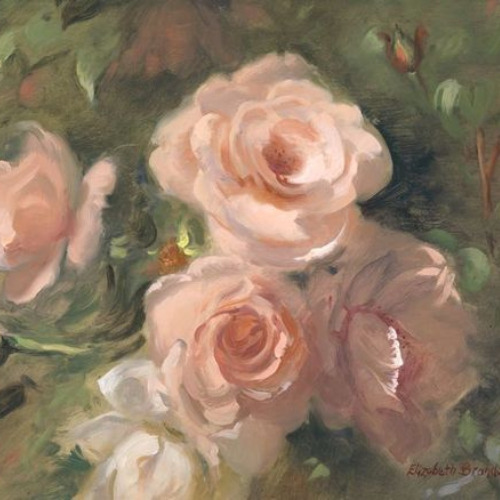

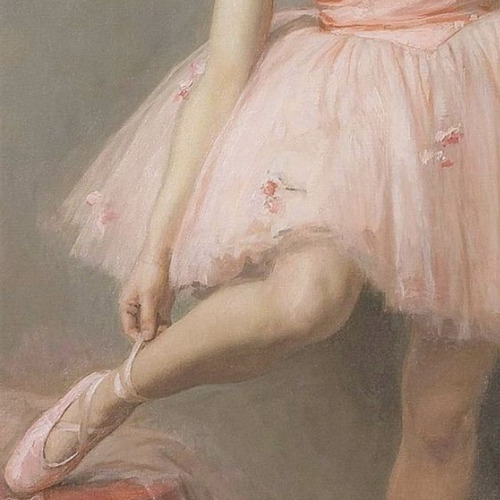
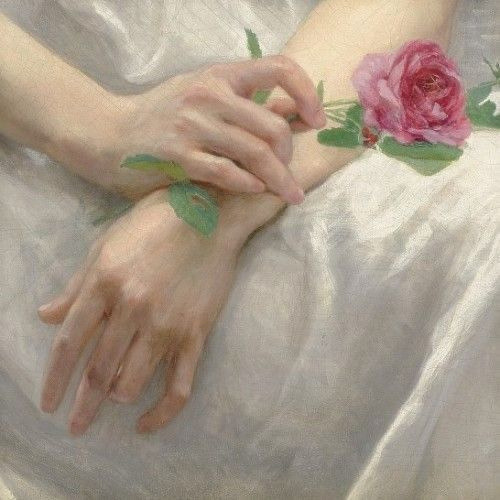
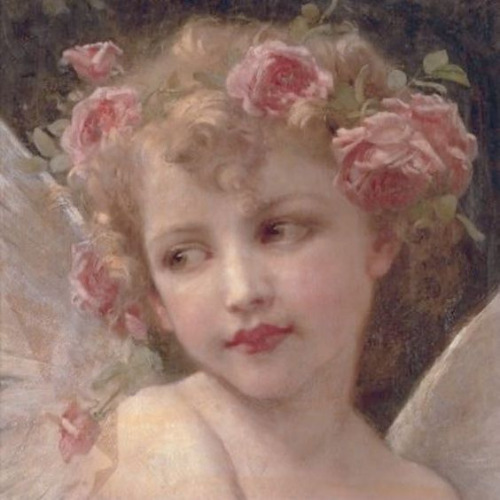
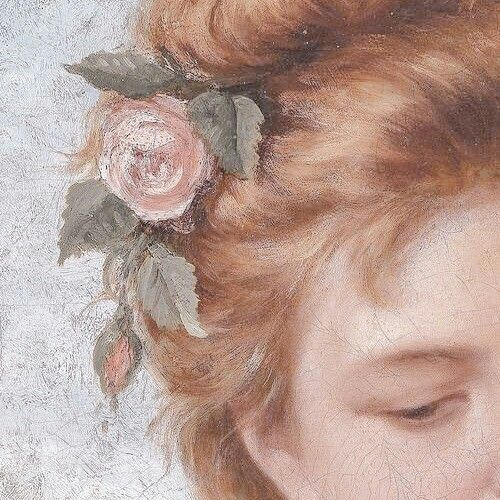

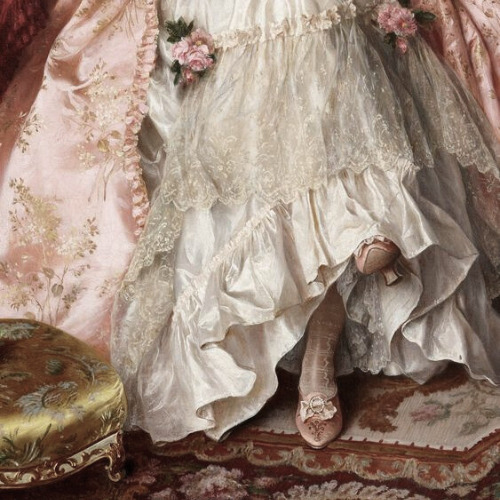
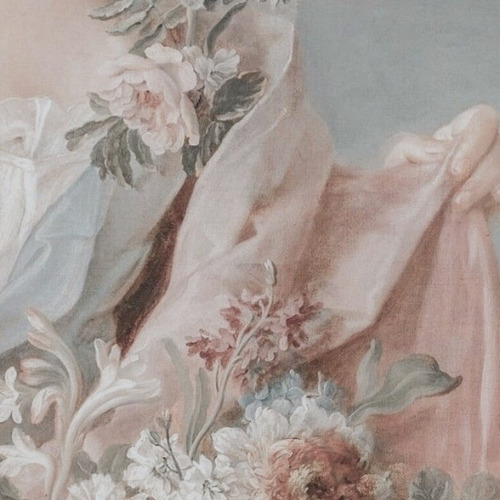
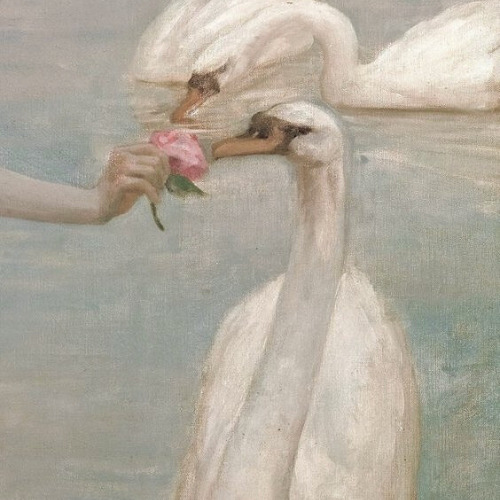
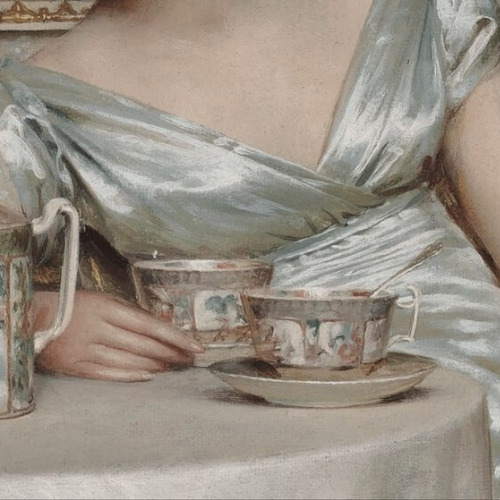
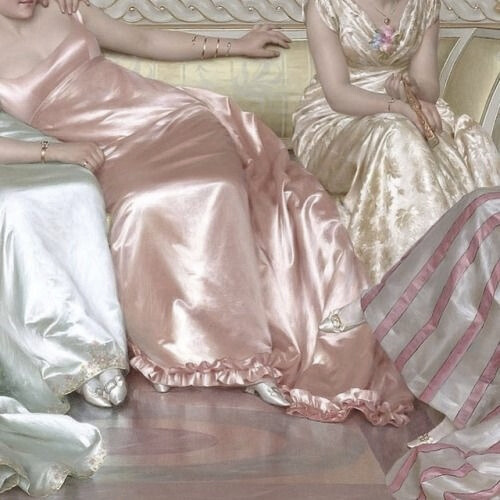

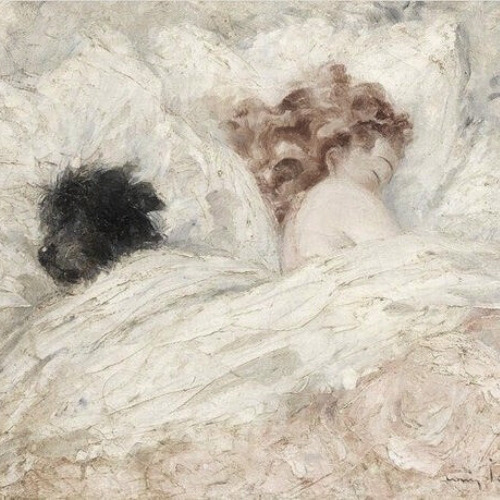
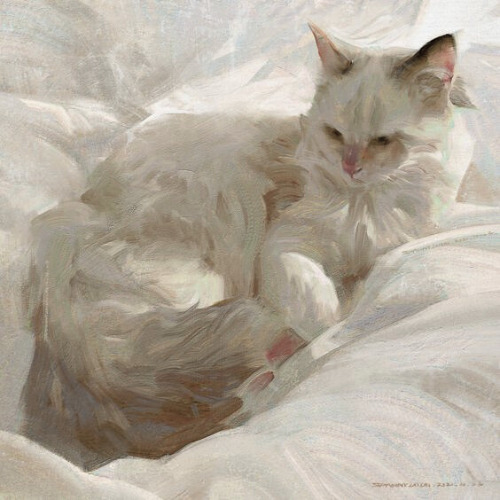
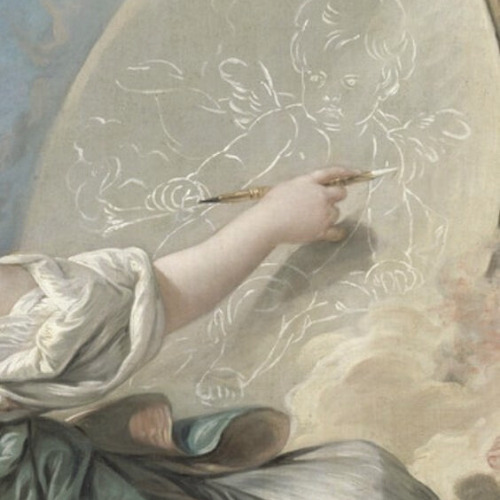
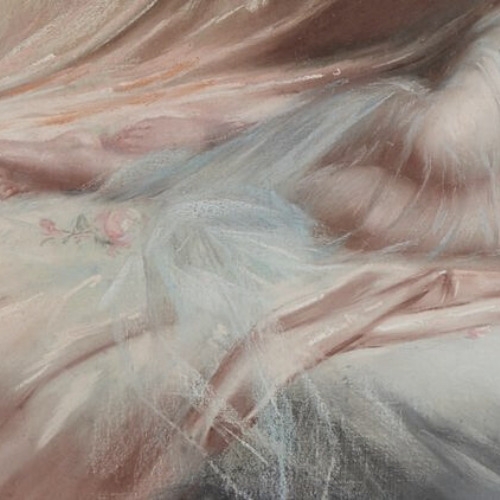
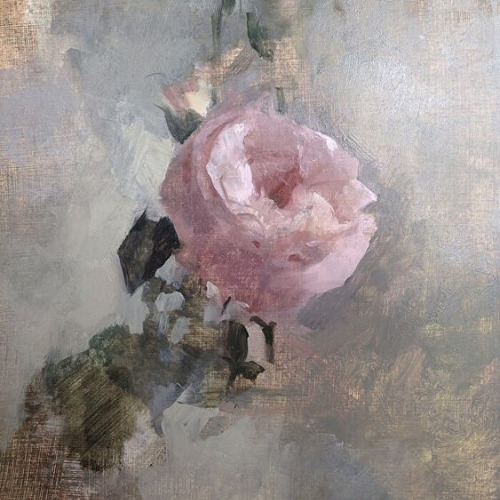
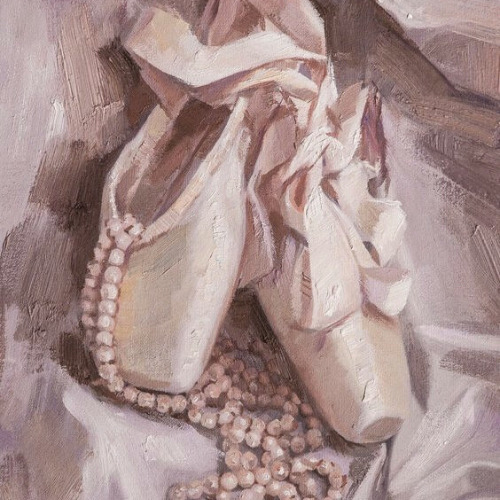
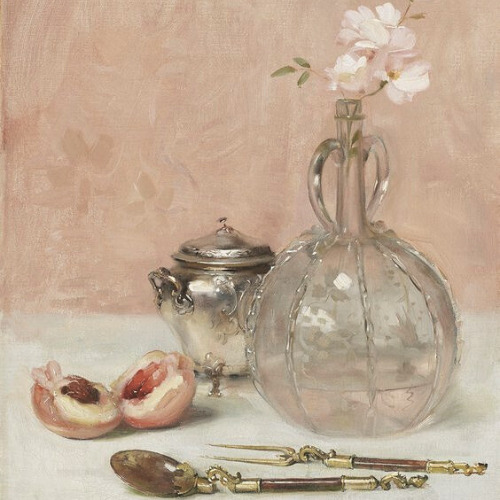

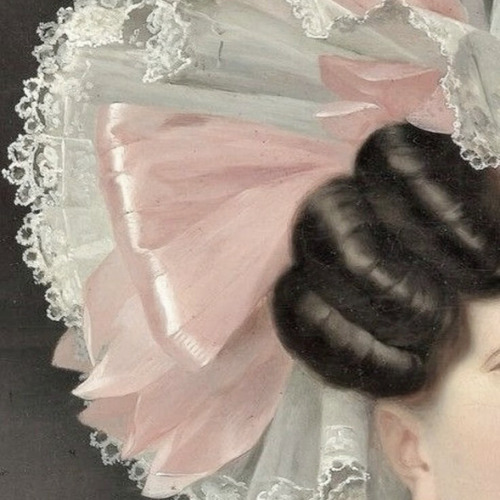
art aesthetics: coquette
#artist is john singer sargent#artist is alexandre-jean dubois#artist is armand dore#artist is hobbe smith#artist is m graziella pani#cant find artist#artist is edouard bisson#artist is charles courtney curran#i cant find the artist-#artist is elizabeth brandon#artist is pierre mignard#artist is auguste leroux#artist is guillaume seignac#artist is guillaume seignac-#artist is eduard veith#artist is arturo ricci#artist is francois-hubert drouais#artist is rupert bunny#artist is frederic soulacroix#artist is vittorio reggianini#artist is francois boucher#artist is louis icart#artist is danny lailai#artist is francois boucher-#artist is delphin enjolras#artist is kathleen speranza#artist is kamskij savelij#artist is joseph bail#cant find artist-#artist is jan adam kruseman
824 notes
·
View notes
Text

Venus Discovering the Dead Adonis by François Boucher (18th Century)
#francois boucher#art#paintings#fine art#18th century#18th century art#baroque#baroque art#rococo#rococo art#painting#french art#french artist#mythology#greek mythology#venus#aphrodite#adonis#classic art
471 notes
·
View notes
Text
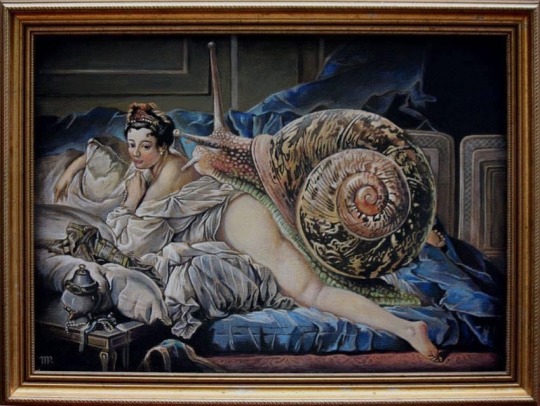
IncubuS, Huile sur Toile,
#artists on tumblr#artwork#artoftheday#art#marienoellepecarrere#contemporaryart#arttumbr#art contemporain#artcollector#woman artist#huile sur toile#oil on canvas#oil painting#art curator#art collectors#francois boucher#detournement#postmodernism#poets on tumblr#poetry#punk art#oil on panel#maîtres anciens#art exhibition#art gallery#concept art#art magazine#art museum#artistes#my art
53 notes
·
View notes
Text

Jupiter, in the Guise of Diana, and Callisto
François Boucher, French
1763
Oil on canvas
Oval, 25 1/2 x 21 5/8 in. (64.8 x 54.9 cm)
The Metropolitan Museum of Art, New York
#art#greek mythology#flowers#rococo#french art#french artist#francois boucher#diana#artemis#callisto#zeus#roman mythology#rococo art#art history#french rococo
27 notes
·
View notes
Text

The Dovecote by Francois Boucher, 1758.
54 notes
·
View notes
Text
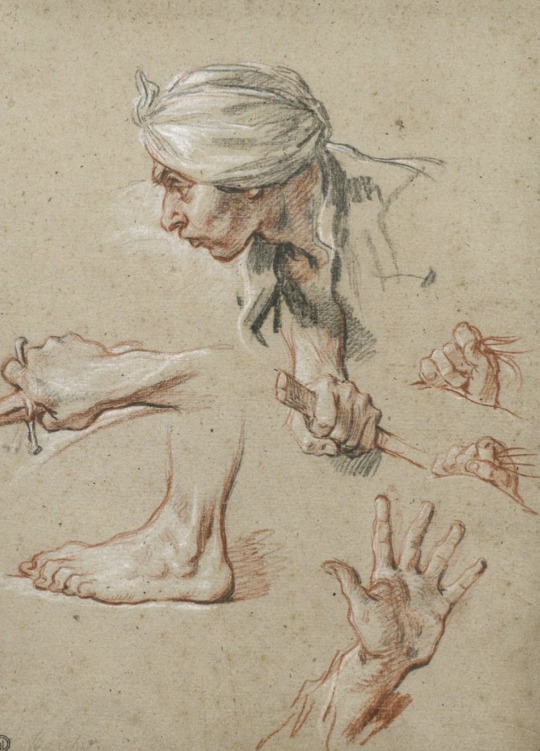
Francois Boucher (French, 1703-1770)
3 notes
·
View notes
Link
#formes#Demon#konig hcs#ipad artist#subby thoughts#perfect bum#francois boucher#mirror pic#kamisato ayato#jinx#soapy tiddies#paulie one piece#portrait#swords
0 notes
Text
The feminine urgo to live in a Boucher & Fragonard painting.
#francois boucher#jean honoré fragonard#french artist#rococo#18th century#art#romance#beauty#painting#artwork
0 notes
Text
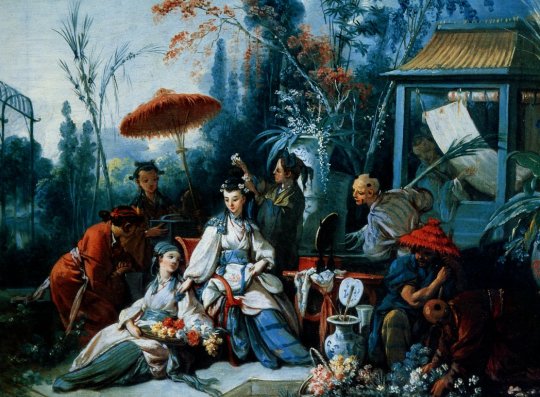
Title: The Chinese Garden
Artist: Francois Boucher
Date: 1742
Style: Rococo
Genre: Genre Painting
#art#art history#artwork#painting#history#museums#culture#vintage#curators#classicalcanvas#rococo#francois boucher
62 notes
·
View notes
Text

The Lunch
Artist: Francois Boucher (French, 1703-1770)
Date: 1739
Medium: Oil on canvas
Collection: The Louvre, Paris, France
#painting#oil on canvas#genre art#francois boucher#lunch#women#children#servant#french painter#costume#clock#mirror#table#chairs#window#18th century painting#french art
8 notes
·
View notes
Text

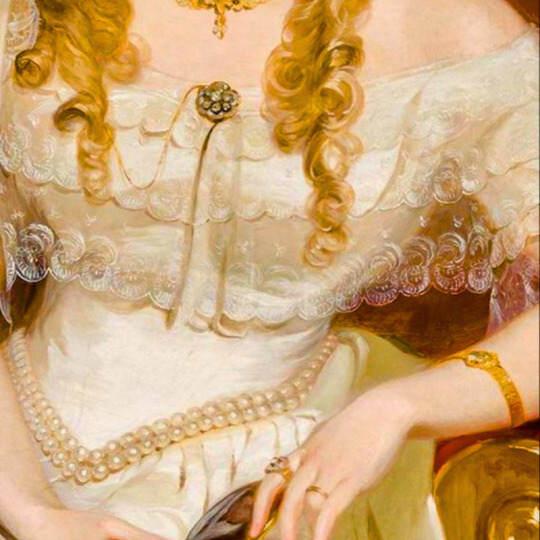



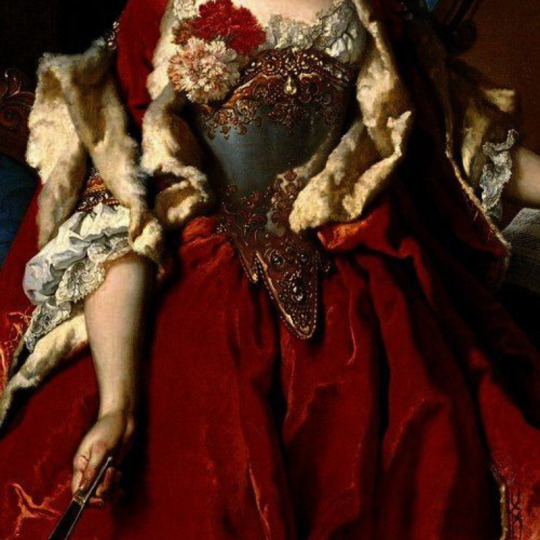
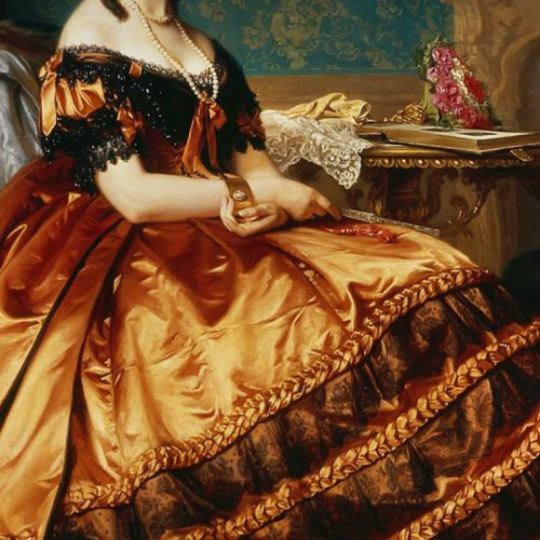
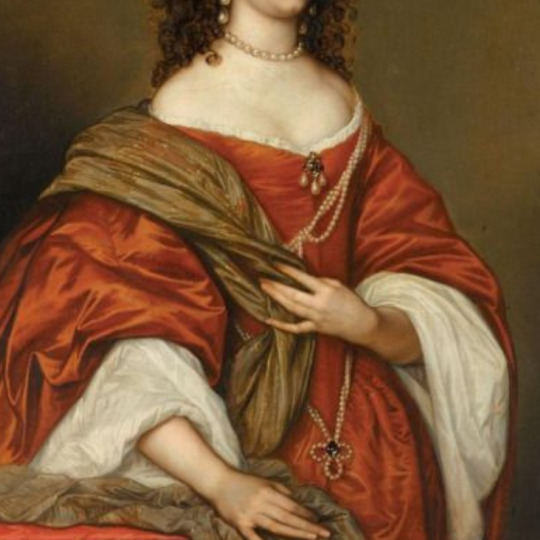
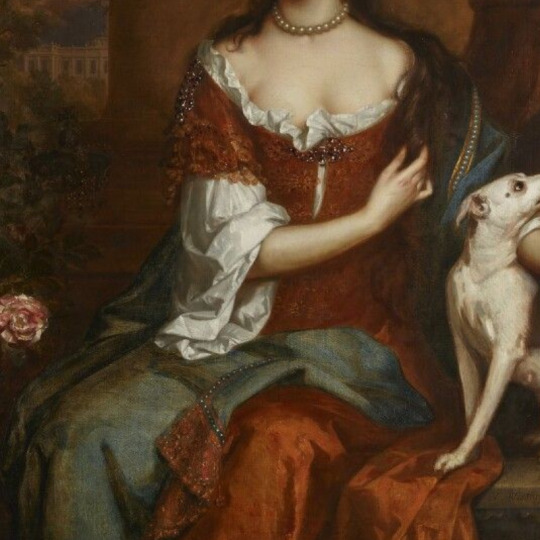


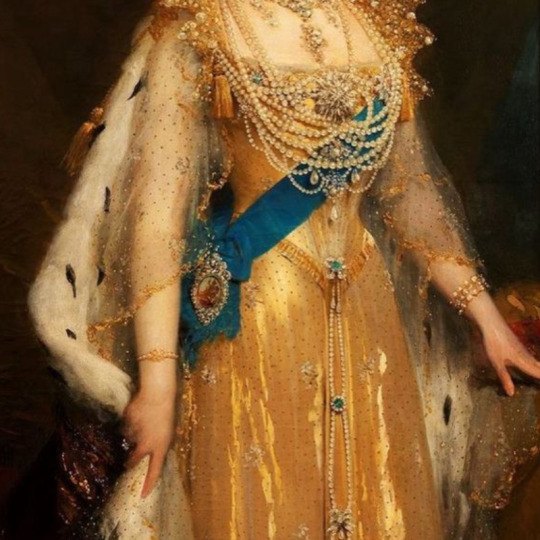
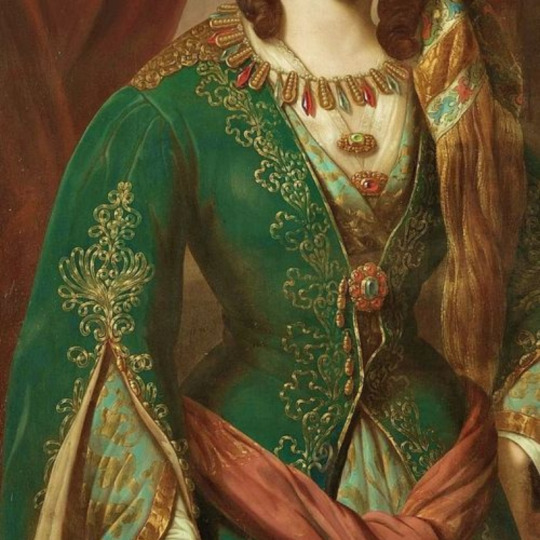

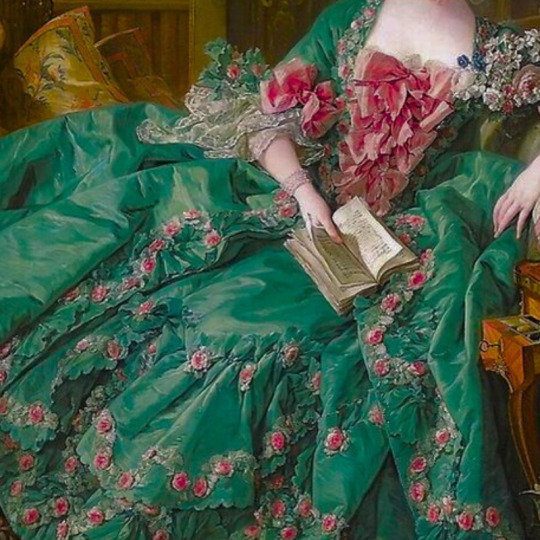
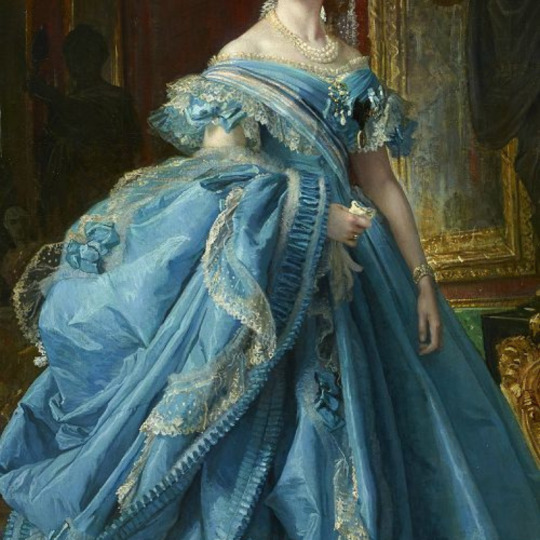
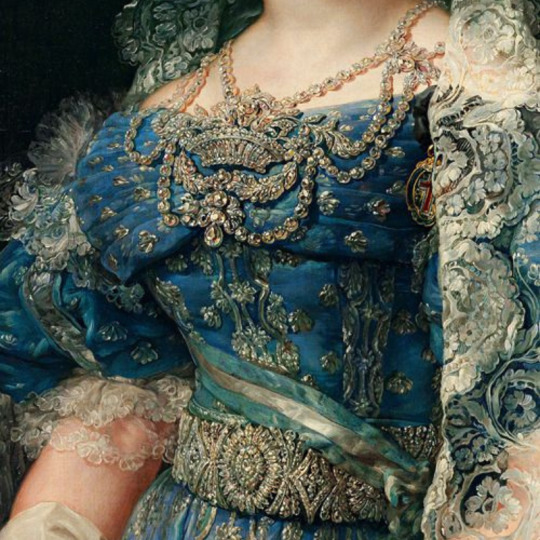



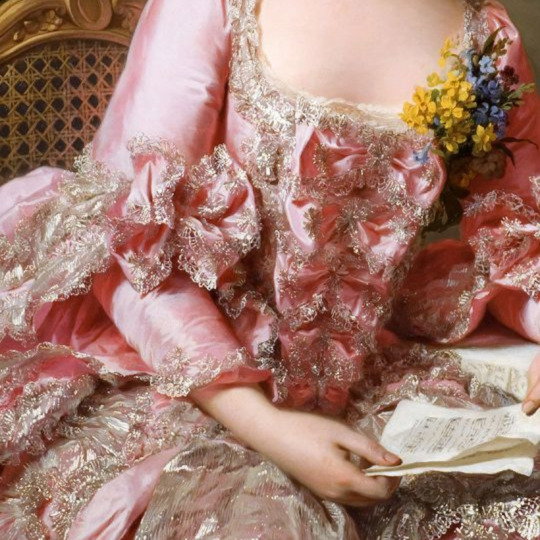

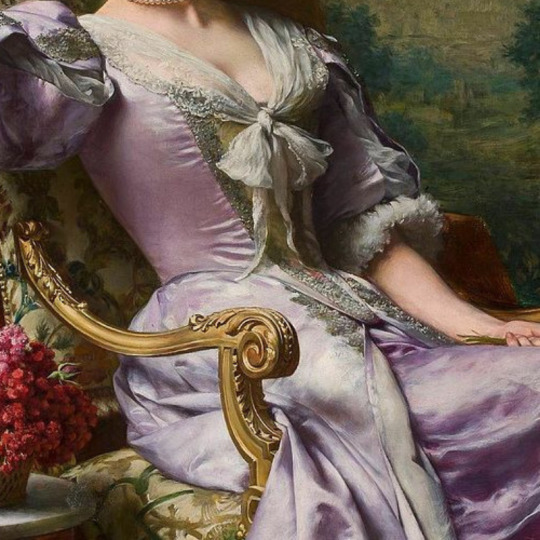
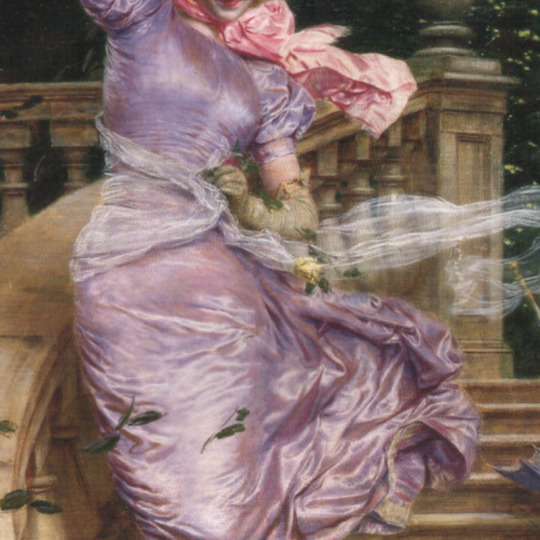


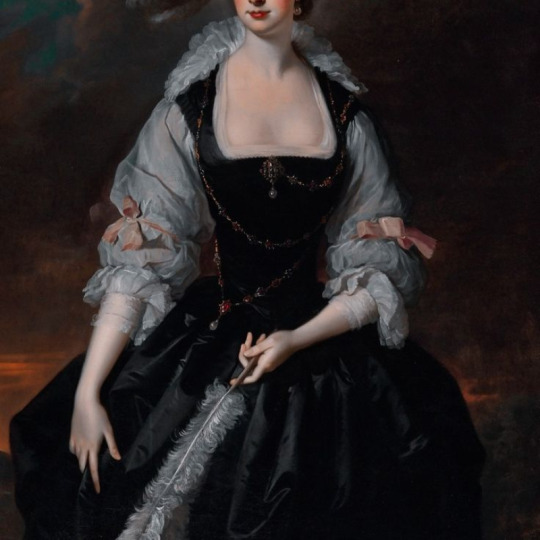
dresses in art
#portrait of the hon. mrs harold by john collier#unknown i cant find this one#portrait of josephine stieler as a bride by joseph karl stieler#portrait of frances anne vane by alexandre jean dubois#portrait of isabelle antoinette barones sloet van toutenberg by nicaise de keyser#portrait of marguerite de seve by nicolas de largillere#portrait of emilia wlodkowska by jozef simmler#portrait of a lady by adriaen hanneman#mary of modena by willem wissing#esther and ahasuerus by artemisia gentileschi#alexandra feodorovna by a malyukov#don't know the artist but its supposed to be the coronation dress of queen alexandra#woman in turkish dress by paul emil jacobs#portrait of juliane by johann heinrich tischbein#portrait of madame de pompadour by francois boucher#princess isabella of asturias vicente palmaroli#maria christina de borbon-dos sicilas reina de espana by vicente lopez y portana#isabella ii queen of spain by federico de madrazo y kuntz#afternoon tea for three by frederic soulacroix#princess maria carolina augusta of bourbon by franz xaver winterhalter#marie suzanne giroust by alexander roslin#the new bracelet by frans verhas#a lady in a lilac dress by wladysaw czachorski#a gust of wind by gaetano bellei#maria grafin zu munster by harry von hente#retrato de dona antonia roca y mestre by angel maria cortellini#frances courtenay by thomas hudson#i loved colorcoding this and i used some from my last edit#art history#history
2K notes
·
View notes
Text
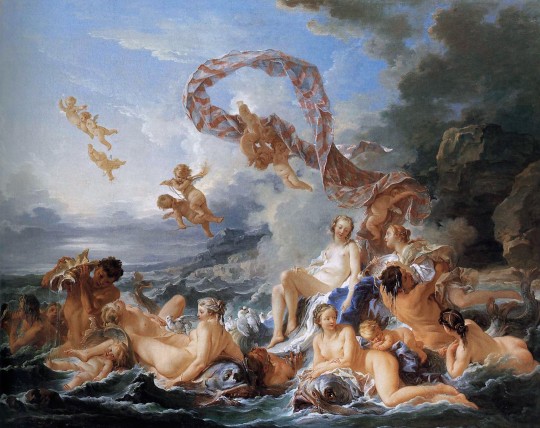
The Triumph of Venus by Francois Boucher (1740)
#francois boucher#art#paintings#fine art#18th century#18th century art#baroque#baroque art#rococo art#rococo#painting#french art#french artist#mythology#roman mythology#roman goddess#venus#aphrodite#classic art
999 notes
·
View notes
Text

Mrs Violet M Hammersley
Artist: Phillip Wilson Steer (British, 1860-1942)
Date: 1906-1907
Medium: Oil on canvas
Collection: Art Gallery of New South Wales, Sydney, Australia
Description
Steer's portrait in the grand tradition of aristocratic British portraiture stretching back to Gainsborough and Reynolds, yet it is painted with a vibrancy learnt from the French impressionists. The pose is taken from a portrait of Madame of Pompadour by Francois Boucher in the Victoria and Albert Museum, London. The sitter was sister-in-law Mrs Hugh Hammersley, whose memorable portrait by Sargent is now in the Metropolitan Museum of Art, New York.
#portrait#female#oil on canvas#landscape#costume#impressionism#british culture#seated#full length#gown#brimmed hat#trees#phillip wilson steer#british painter#20th century painting#artwork#aristocrat#british portraiture#british art#european art#foliage
5 notes
·
View notes
Text
What is art?
During the whole semester, we tried to figure out what art is. Is it only for fun, what secrets are hidden under the paintings, colours, smiles of beautiful women, and so on.
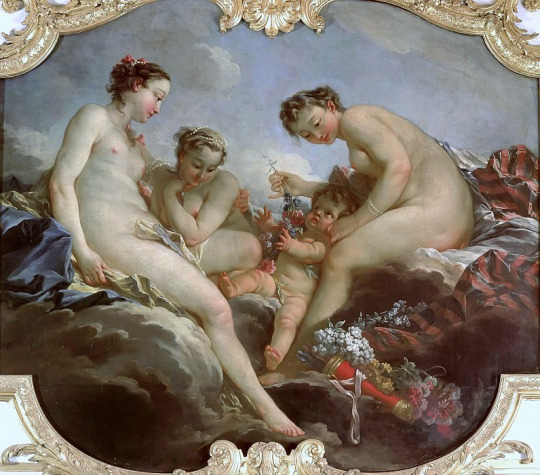
"The Three Graces" Francois Boucher (1703-1770). Rococo period
Well, thanks to our discussions, I came to some thoughts. First, art is a universal language. And that is true. Different people, generations understand it. Art can be appreciated by absolutely dissimilar people with their own backgrounds and walks of life. It is wonderful, isn't it? It is a universal language, I would say.
There is no doubt that art is a form of expression that has been present in human civilization for thousands of years. It encompasses a wide range of mediums, such as literature, music, sculpture, architecture, etc.
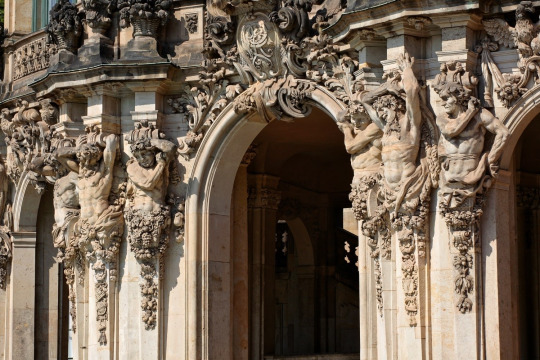
Italian Baroque
Of course, it plays a significant role in shaping forms, reflecting social values, mirroring life beauty, and proving a means for individuals to communicate their ideas, messages, thoughts, feelings, and emotions.
And, as we have learned, there are two fundamental goals for any art. They are to provoke thoughts and evoke emotions.
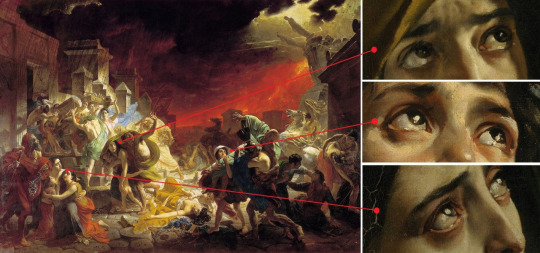
"The Last Day of Pompeii", Karl Pavlovich Bryullov
A very interesting thing for me is that absolutely all artists use their imaginations and creativity to convey their worldview, their messages, and their ideas because it may be difficult to express all of it through words alone. Sometimes we have a limited amount of words to describe something because human civilization has not created anything yet. Something beautiful, something that can stir the soul.
So, art is power. It has the ability to change conventional thinking, think outside the box, push boundaries, break stereotypes, and embrace new perspectives.
Well, art is a really powerful and multifaceted part of our lives.
#art#discussion#diary entry#personal diary#diary#online diary#journal#my diary#stranger things#thinspø#this is what makes us girls#philosophy#heart eyes howell#deep quotes#deep feelings#deep thoughts#emotional#emotions#love and deepspace#deep space nine#let go#artwork#rococo#baroque#history#lesson plan
2 notes
·
View notes
Text
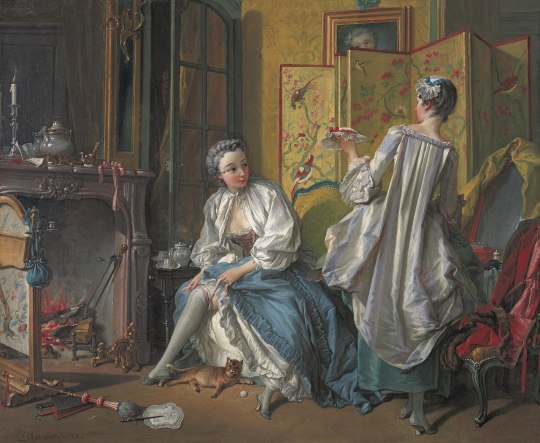
The Toilet by Francois Boucher, 1742.
#classic art#painting#francois boucher#french artist#18th century#rococo#genre art#women#cats in art#room
82 notes
·
View notes
Text
The Toilet of Venus
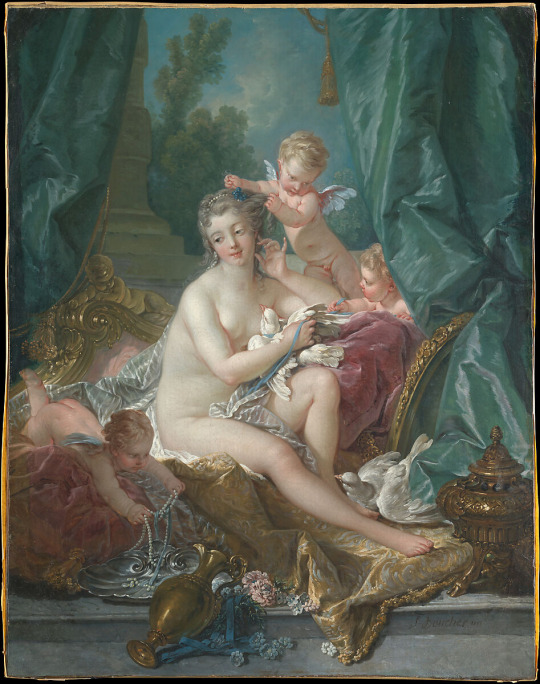
Title: The Toilet of Venus
Artist: Francois Boucher
Date: 1751
Movement: French Rococo
Medium: Oil on canvas
Genre: Mythology painting
Again we return to France, and again we return to Boucher.
The word Toilet means Dressing room before plumbing was a regular thing. SO this meant to be Venus’ dressing room in case there was any confusion.
Here, we see Venus with her usual symbols of winged babies and doves, but we also see a focus on pearls. More likely than note, because Venus came from the sea, she was likely associated with the jewel that comes from the sea as well.
#art#art history#the toilet of venus#francois boucher#france#rococo#french rococo#oil painting#mythology painting#venus
16 notes
·
View notes